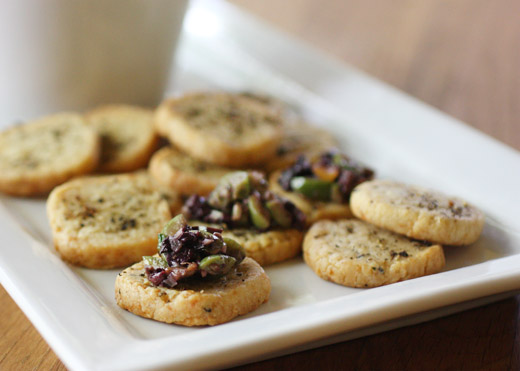 2 C./255 g unbleached all-purpose flour
2 C./255 g unbleached all-purpose flour
1 C./115 g grated Parmesan cheese (firmly packed)
1/2 C./120 ml lemon-infused olive oil, or extra-virgin olive oil
1 tsp. finely grated organic lemon zest
1 garlic clove, finely chopped
1 tsp. fine sea salt
1 tsp. chopped anchovies (about 6 small fillets) or 1 tsp. anchovy paste (optional)
1/4 C./60 ml water
1/2 tsp. freshly ground black pepper
In a food processor or large bowl, pulse or mix the flour, cheese, olive oil, lemon zest, garlic, and salt until well combined and crumbly. Add the anchovies (if using) and water. Pulse or stir until the mixture becomes crumbly and begins to stick together, 15 pulses (do not overmix), stopping once to scrape the sides of the bowl.
Turn half of the dough out onto a 16-in-/40.5-cm-long piece of plastic wrap and squeeze and gently knead the dough to form it into an 8- to 9-in-/20- to 23-cm-long log that is about 1 1/4in/3.5 cm in diameter. Roll up the log in the plastic wrap and roll on the work surface under your palms to make a uniform cylinder. Repeat with the other half of the dough and another piece of plastic wrap. Chill the logs in the refrigerator until firm, at least 2 hours and up to 3 days.
Preheat the oven to 350°F/180°C/gas 4. Line a baking sheet with a silicone baking mat or parchment paper. Unwrap the logs and use a sharp, thin-bladed knife to cut the logs crosswise into 1/8-in-/3-mmthick slices using a gentle sawing motion. If any crumbly bits break off while slicing, press them into the cracker and shape with your fingers into a round. Arrange the slices 1 in/2.5 cm apart on the baking sheets and sprinkle them with the pepper. If any of the crackers were sliced too thickly, use your fingers to press them out until they are of the same thickness as the others.
Bake until the crackers are golden brown around the edges, 15 to 20 minutes. Rotate the pans once from top to bottom and from back to front while baking. Transfer the crackers to a cooling rack. Once cool, store the crackers in an airtight container at room temperature for up to 4 days.
Warm Olive Tapenade with Preserved Lemon
1 C./160 g pitted Castelvetrano green olives
1/2 C./80 g pitted kalamata black olives
2 tsp. extra-virgin olive oil
1 shallot, finely chopped
1 garlic clove, finely chopped
1 tsp. chopped fresh thyme
1 tsp. finely chopped preserved lemon
In a food processor, pulse all the olives until they form a chunky paste the consistency of granola, or mound them on a cutting board and chop with a sharp chef’s knife.
In a small sauté pan, heat the olive oil over medium heat. Add the shallot, garlic, and thyme and sauté until the shallot is tender and the garlic is fragrant but not browned, 1 minute. Add the chopped olives and preserved lemon and cook, stirring frequently, until the olives are hot to the touch, 3 minutes. Transfer the tapenade to a serving bowl and serve immediately. (Once cool, the tapenade can be stored in the refrigerator in an airtight container for up to 2 weeks. Rewarm in a small saucepan or in the microwave before serving.)
 1 T. kosher salt
1 T. kosher salt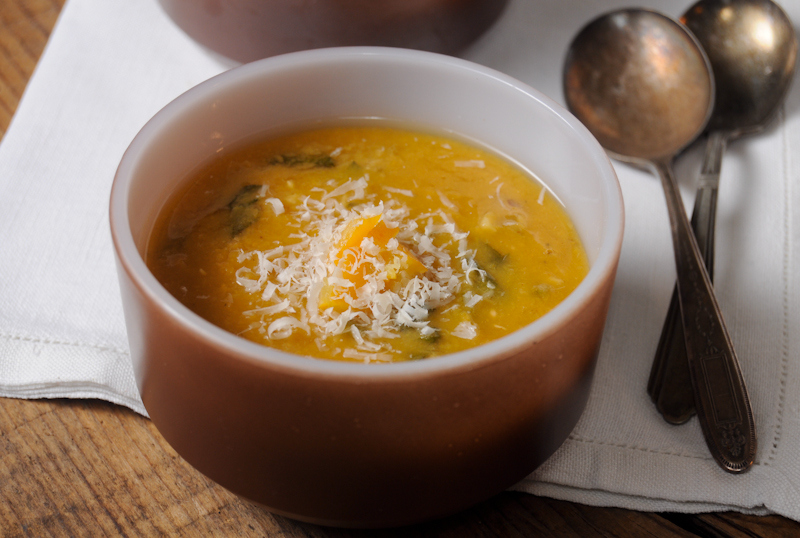
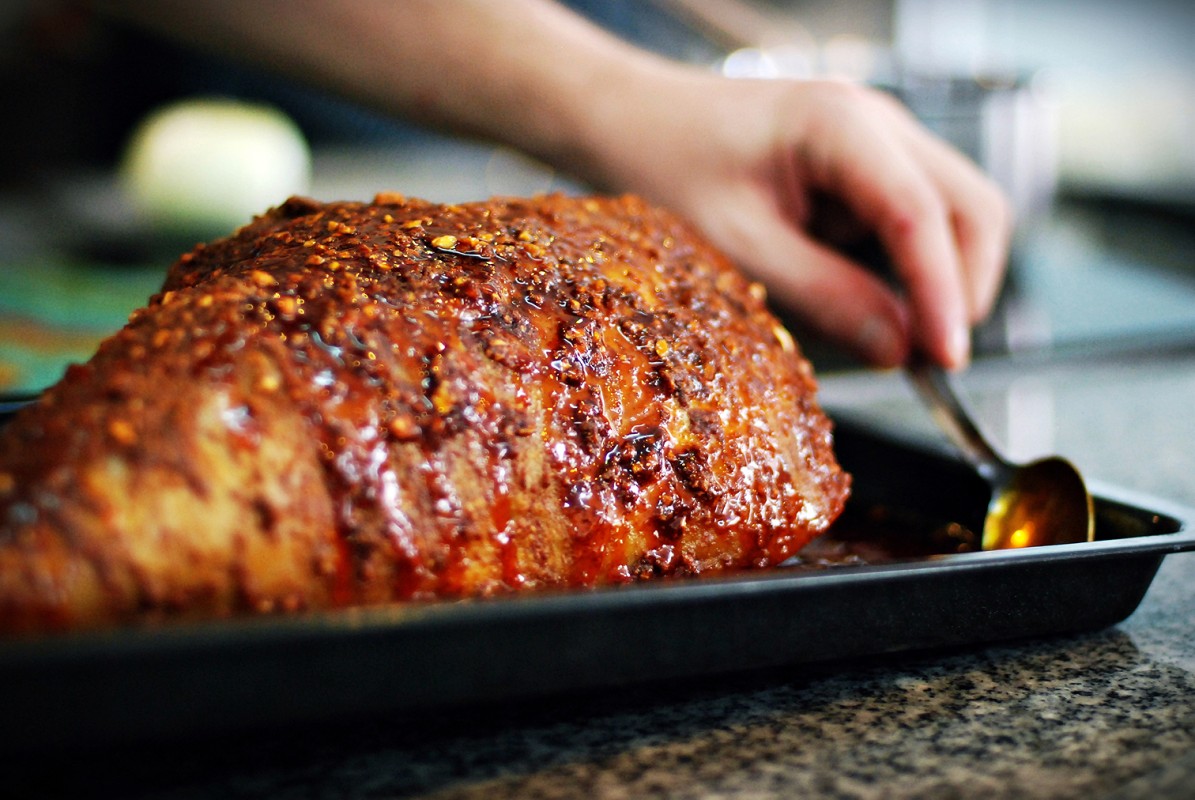
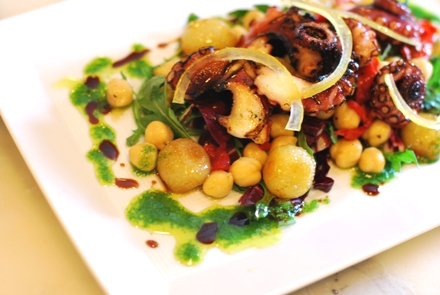

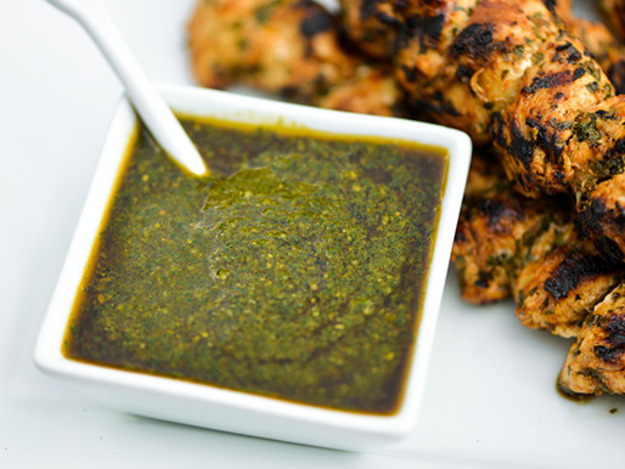
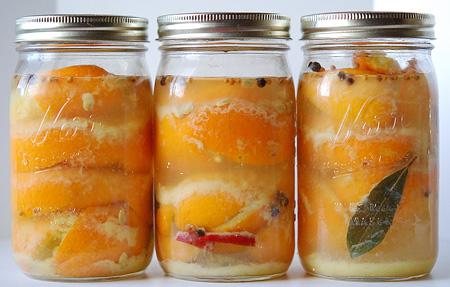
 2 C./255 g unbleached all-purpose flour
2 C./255 g unbleached all-purpose flour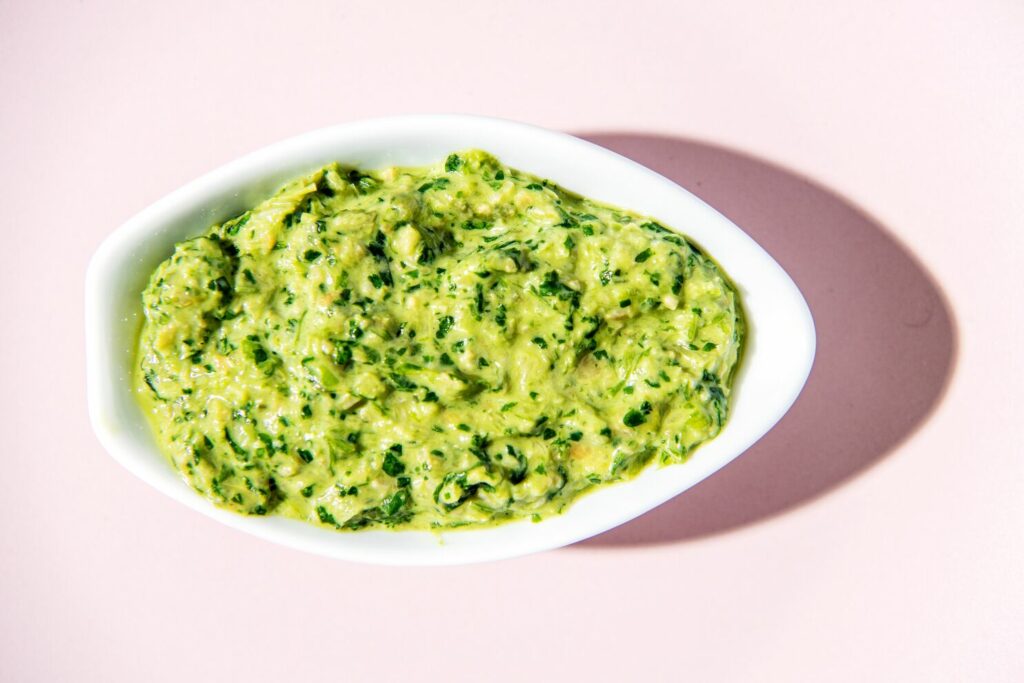
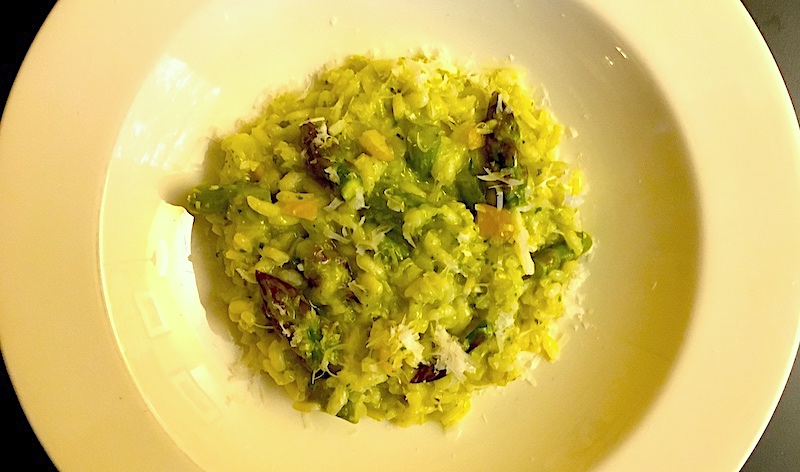 Asparagus Risotto with Sorrel Pesto and Preserved Lemon
Asparagus Risotto with Sorrel Pesto and Preserved Lemon